Text-to-Image AI represents a remarkable intersection of language processing and computer vision, allowing computers to transform descriptive text into vivid, generated imagery. This technology leverages advancements in artificial intelligence, particularly deep learning, to bridge the gap between human language and visual creativity.
How Does Text-to-Image AI Work?
The process involves training a neural network on vast datasets of images paired with their textual descriptions. Two key components are often used:
- Natural Language Processing (NLP): This analyzes and interprets the input text, understanding its nuances, context, and details.
- Generative Models: Tools like GANs (Generative Adversarial Networks) or diffusion models use this textual understanding to create realistic or stylized images.
By integrating these systems, text-to-image AI can produce artwork, conceptual visuals, and even photorealistic scenes based on simple user prompts.
Applications of Text-to-Image AI
- Creative Industries: Artists and designers use these tools for rapid prototyping, concept art, and inspiration.
- Education and Research: It aids in visualizing concepts for students and researchers, especially in science and engineering.
- Healthcare: In medical training, AI can simulate scenarios or create visual aids for better understanding.
- Tourism and Marketing: AI can generate captivating visuals to promote destinations or products.
Benefits of This Technology
- Accessibility: It democratizes creative tools, enabling non-artists to express their ideas visually.
- Efficiency: Produces high-quality visuals in seconds, reducing time and resource demands.
- Customization: Users can generate specific, personalized images that suit their unique needs.
Challenges and Ethical Considerations
While revolutionary, text-to-image AI raises questions about originality, copyright, and potential misuse. Ensuring ethical development and deployment is crucial to balance its immense potential with responsible usage.
A Glimpse into the Future
The continuous evolution of this technology hints at even greater possibilities—perhaps AI systems that can create fully immersive environments or collaborate seamlessly with human creators in real time. This transformation could redefine how we interact with art, communication, and technology.
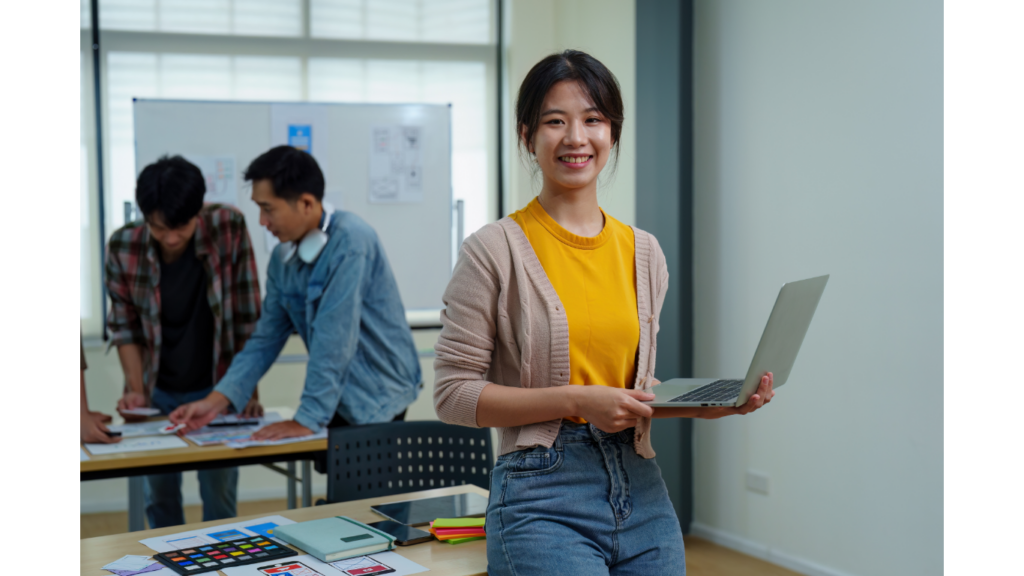
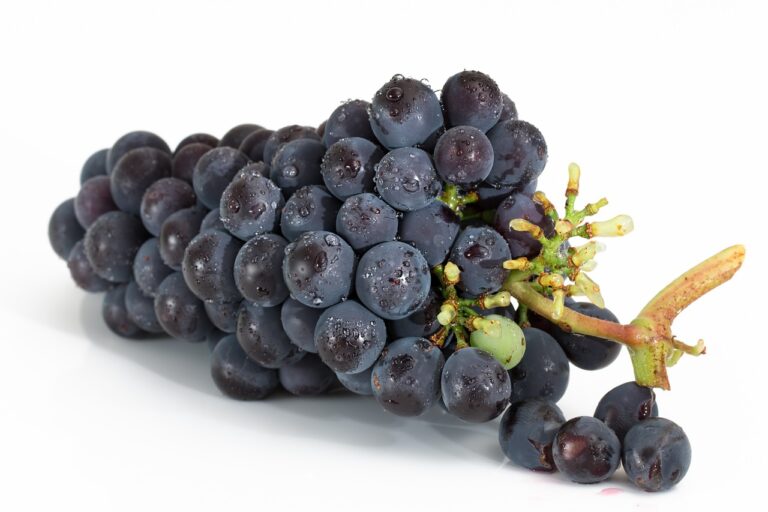

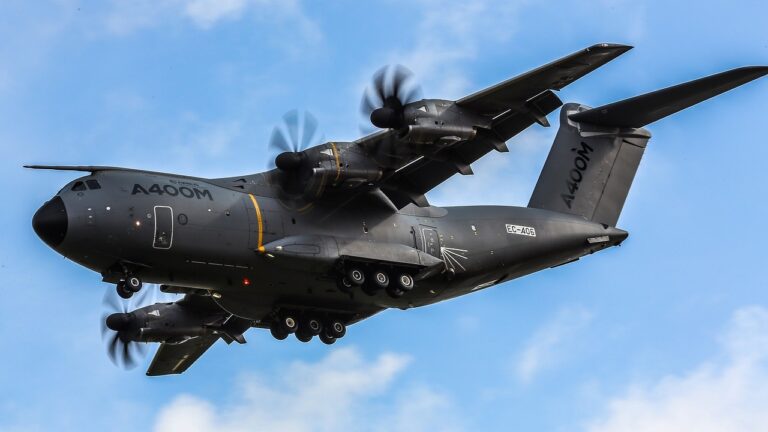



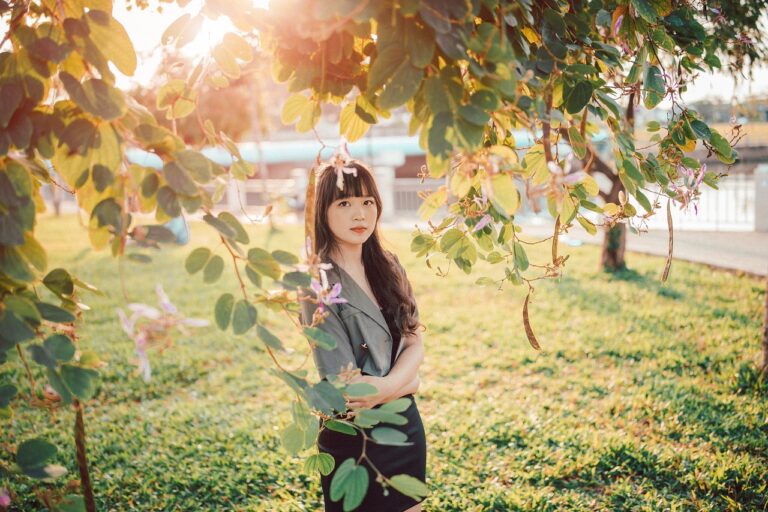

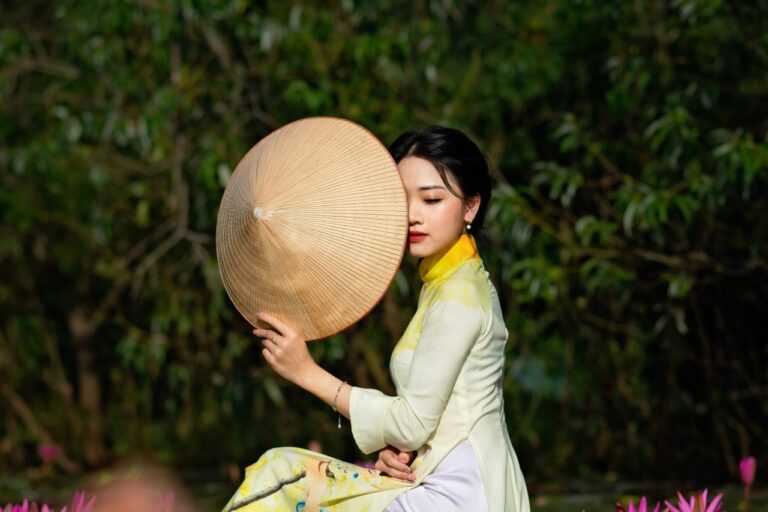

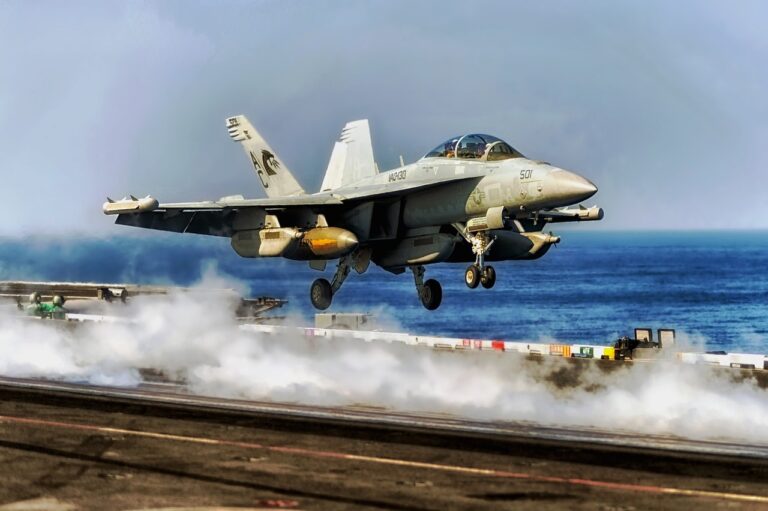



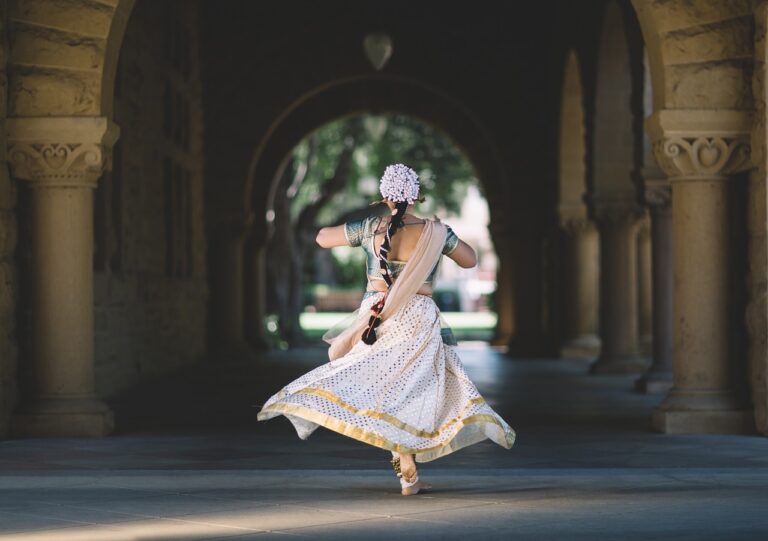



















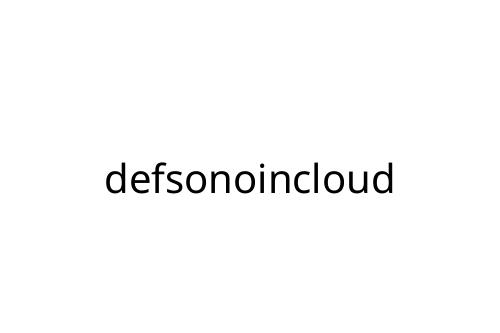








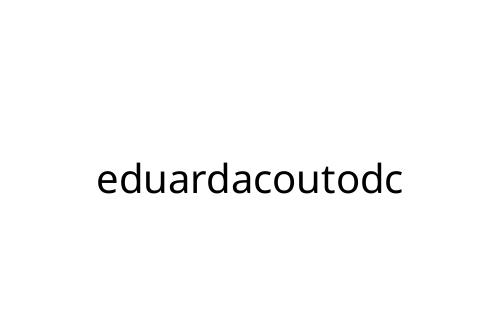

 Rudylier Alejandrosh, the visionary founder of Animal Potty Care, created the platform out of a deep passion for improving pet care solutions and enhancing the relationship between pets and their owners. With years of experience as a dedicated pet enthusiast, Rudylier recognized the challenges pet owners face in managing their pets' behavior, especially in areas like potty training and travel care. His commitment to making pet ownership easier and more enjoyable is reflected in the resources and guidance provided on the platform, which empowers pet owners with practical tips, innovative solutions, and a better understanding of their pets' needs.
Rudylier Alejandrosh, the visionary founder of Animal Potty Care, created the platform out of a deep passion for improving pet care solutions and enhancing the relationship between pets and their owners. With years of experience as a dedicated pet enthusiast, Rudylier recognized the challenges pet owners face in managing their pets' behavior, especially in areas like potty training and travel care. His commitment to making pet ownership easier and more enjoyable is reflected in the resources and guidance provided on the platform, which empowers pet owners with practical tips, innovative solutions, and a better understanding of their pets' needs.